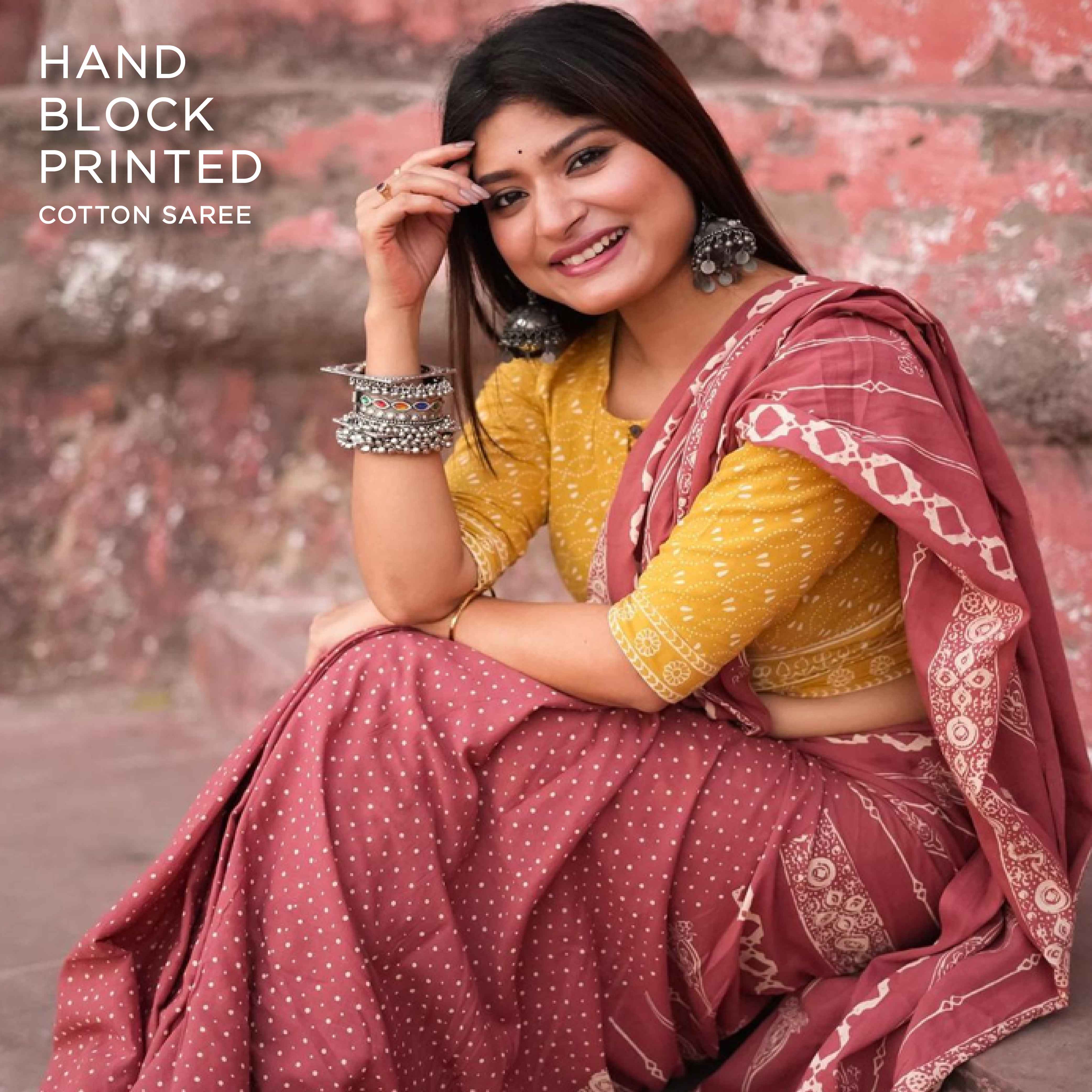History of Silk
A mulberry silk saree is a traditional Indian garment worn by women as an important part of their attire. It is traditionally worn on festive occasions and often during wedding celebrations. Many types of silk sarees are also commonly worn, either just on special occasions or as more frequent dress.
History of Mulberry Silk
The Mulberry Silk originated in India and the production of the fabric was a difficult process for nearly two hundred years. In 1801, the first fibers were spun by hand and then woven into material. It took until 1817 for the first commercial silk sari to be made from these fibers. The company still exists today and produces over ten million pieces of saris each year.
What is a Mulberry Silk Saree?
A Mulberry Silk Saree is a traditional Indian garment made with silk whose origin is traced to the ancient civilization of Persia. The fabric is also known as kanjivaram, which was worn by ancient Tamil women. According to Lucanor's Periyapurana, Shiva and Parvati were in love when they enacted the story of their marriage from the pages of Bhagavatam in this very attire.

Why are the mulberry silk sarees popular?
The origin of the mulberry silk saree goes back to the ancient Indian text, The Mahabharata. According to the text, a warlord, Bhanumati, was so impressed with her husband's bravery that she made him a handsome robe from her own hair. The warlord wore the clothing and adored his wife for it until he was killed in battle. His wife mourned after his death and cut her hair into pieces and fashioned them into clothes for their daughter.
Different Types of Mulberry Silk Sarees
Mulberry silk sarees have been a part of Indian culture for centuries. They were developed in the ancient times and have been worn by both men and women. There are different types of mulberry silk sarees, including zari sarees, angarkha sarees, seera sarees, etc. It is also one of the most important industries in India today because it employs over three million people from remote areas to urban centers.
Different ways to wear the saree
Nowadays, women in India are also wearing sarees in different ways. One way is to tie a choli around the waist and wear a dupatta over it. Another way is to make a dress out of it and wear high heels. Some people also tie it on their waist using the ends of the pallu and wear it over their shoulder.
Conclusion
For a long time, mulberry silk sarees were exclusively made by hand in India. In the 1800s, England became the primary source for silk sarees because it took a shorter amount of time to grow and was more manageable. The production of silk sarees began to decline in India due to attacks by the British during the Anglo-Mysore War.






